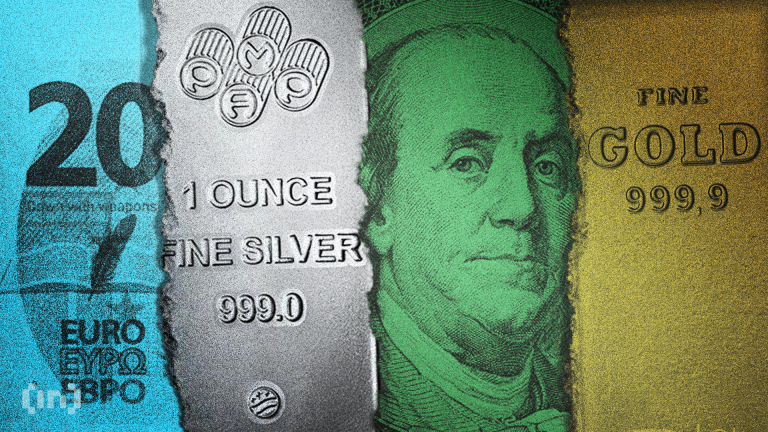
The Quartz Revolution: Transforming Traditional Watchmaking
Takeaways: Quartz technology has revolutionized traditional watchmaking by introducing precision, affordability, and a new consumer mindset. While mechanical watches still hold a cherished place in horology, quartz has redefined the landscape, making timekeeping accessible and accurate for millions.
In the world of horology, few innovations have had as profound an impact as quartz technology. Introduced in the late 1960s, quartz movements quickly transformed the landscape of watchmaking, challenging the centuries-old dominance of mechanical timepieces. This article delves into the significant ways quartz technology has influenced traditional watchmaking, examining its implications for craftsmanship, consumer preferences, and the future of horology.
The Rise of Quartz Technology

Quartz watches utilize a battery-powered oscillator regulated by a quartz crystal, providing unprecedented accuracy. This technology allowed watches to maintain time within a few seconds per month, far surpassing the capabilities of most mechanical watches, which typically vary by several seconds a day. The reliability and accuracy of quartz movements appealed to a growing consumer base, leading to a surge in demand for these timepieces.
Furthermore, the production of quartz watches was significantly cheaper than their mechanical counterparts. With assembly lines and mass production techniques, manufacturers could produce high-quality quartz watches at a fraction of the cost of traditional watches. This affordability opened the market to a broader audience, transforming watches from luxury items into accessible everyday accessories.
The Impact on Craftsmanship and Design

However, the quartz revolution did not eliminate the art of watchmaking; instead, it led to a redefinition of craftsmanship. Many traditional manufacturers began to innovate, incorporating quartz technology into their offerings while maintaining high standards of design and craftsmanship. Brands that once focused solely on mechanical watches began to explore hybrid models, combining quartz accuracy with mechanical aesthetics.
This blending of technologies has resulted in a diverse range of watches available today. High-end brands such as Rolex and Patek Philippe have even introduced quartz models, showcasing their ability to adapt to changing consumer demands while preserving their heritage. This evolution illustrates that craftsmanship is not solely defined by the movement but also by the design, materials, and overall watchmaking philosophy.
Consumer Preferences and Market Trends

Moreover, quartz watches have become a staple in various industries, including sports, fashion, and technology. The introduction of smartwatches, which often incorporate quartz movements, has further solidified the relevance of quartz technology in today’s market. Consumers appreciate the convenience and functionality these devices offer, leading to a significant shift in how watches are marketed and perceived.
While mechanical watches remain highly coveted among collectors and enthusiasts, the quartz revolution has undoubtedly reshaped the market landscape. Today, consumers are more educated about their choices, often seeking a balance between traditional craftsmanship and modern technology.
Conclusion








